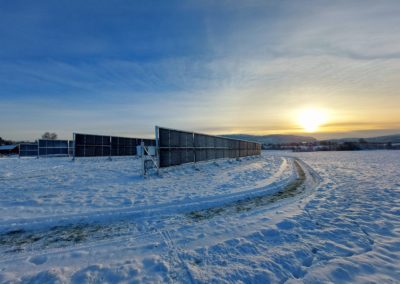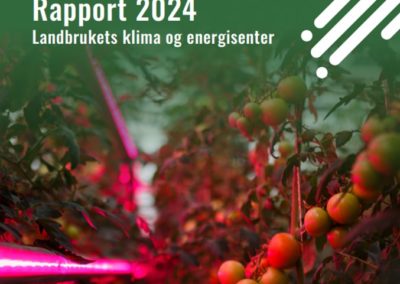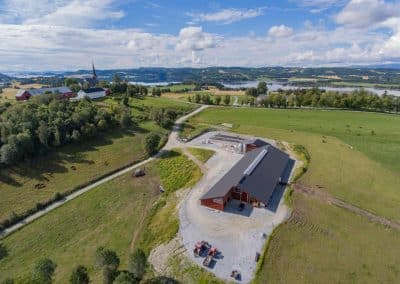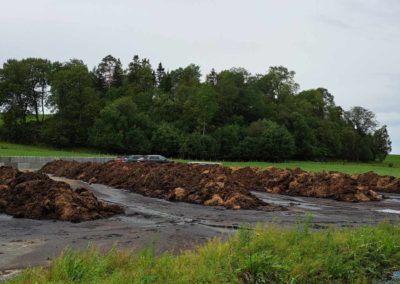På gårdsbruket har vi mye organisk avfall f. eks talle, fôrrester og rester fra tomatplantene. Vi ønsker å ta vare på disse restene og gjøre det om til god jord i en kompost. Kompostering krever god kunnskap for å lykkes og vi har hentet fagressurser fra Sogn for å lære kunsten. I denne filmen lærer vi om grunnprinsippene for kompostering (CMC-metoden). Mariann Hoven ved Grønt kompetansesenter Mære Skjetlein tar en kompostprat med Olav Odden og Nathaniel Mead.
Compost gives more life to the soil
Compost stimulates soil life and helps to build up humus and bind more carbon in the soil. Together with green plant cover all year round and good grazing systems, the addition of compost will be a very good measure to take care of the soil and get more carbon into the soil.
What is compost?
Compost is made up of nutritious material such as feed residues mixed with tallow from the barn, vegetable waste or other organic material from the field, food waste and other.
Talle is a mixture of straw and manure. This organic waste can be mixed with bark or twigs from garden waste and edge zones. If you mix in twigs and bark from hardwood trees together with ferment, you can get a well-transformed tallow that is much easier to handle and drive out into the field again. A transformation takes place and we compost the number by adding more oxygen and C-rich material from twigs and bark.
Why compost?
By composting, you take care of nutrients and ensure the recycling of nutrients, while sequestering more carbon. The breakdown of organic material is faster and, in addition, composting contributes to more life in the soil in the form of microorganisms and soil animals.
Composting with oxygen
Several agricultural schools and municipalities operate vine composting, where vines are turned over and over with organic waste. The aim is to get a lot of air mixed in so that the temperature in the tendrils is increased to at least 55° C and thereby overcomes disease-promoting microorganisms. In the compost vines, 25-30% twigs and bark from hardwood trees are mixed together with the organic material.
Composting without oxygen
When you use this composting method, you layer tallow and plant remains together with twigs, bark and C-rich material without turning or turning the compost. This compost becomes anaerobic, i.e. without access to air. The compost is closed and a thin layer of manure is placed on top. This makes it easier for bacteria that carry out photosynthesis, and ensures that the nutrients are bound in the compost. Many farmers also use composting methods where they add ferment with lactic acid bacteria to ensure a good conversion either in the manure cellar or in the compost. This leads to better care of the nutrients.
Positive contribution from composted tallow and animal manure
Using more compost and manure turns out to be important for taking care of our topsoil. The use of compost and manure ensures that organic material is returned to the soil and is absolutely essential for building up humus and preventing erosion. The soil becomes even more resistant to drought and produces good crops.
Examples of what can be composted
Almost all organic material can be composted. What is composted depends on what you produce on the farm! For example, you can compost animal manure, silage residues and vegetable waste.
A good compost consists of nutrient-rich material such as tallow, animal manure or silage residues, structural material such as twigs and bark. Water is added when the compost is too dry. Dry material such as straw is added when the compost becomes too wet. Composting tallow from cattle and small livestock provides a more stable temperature. Composting manure from hens or chickens leads to a rapid rise in temperature. Composting horse manure contains a lot of chips and takes time.





